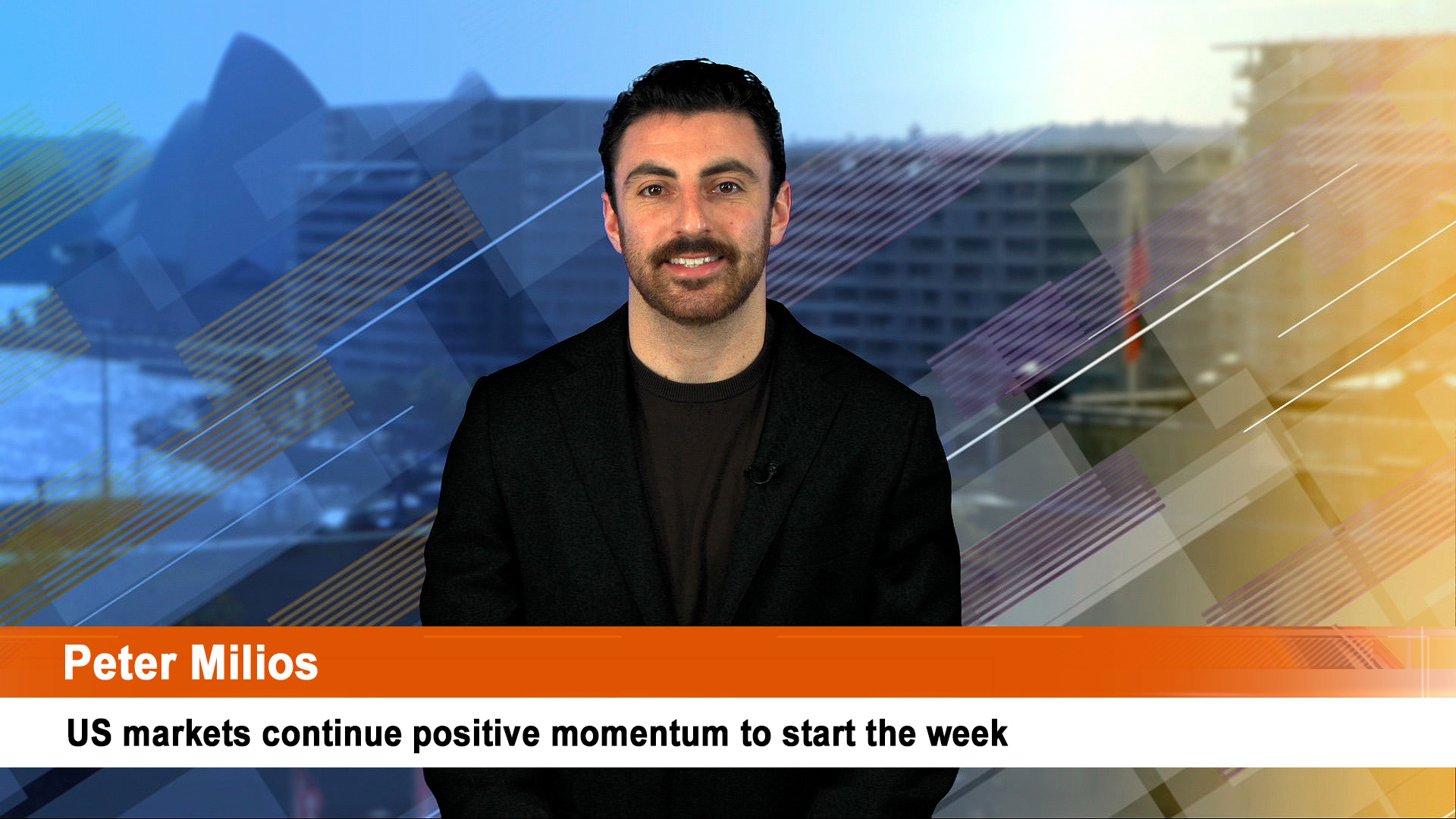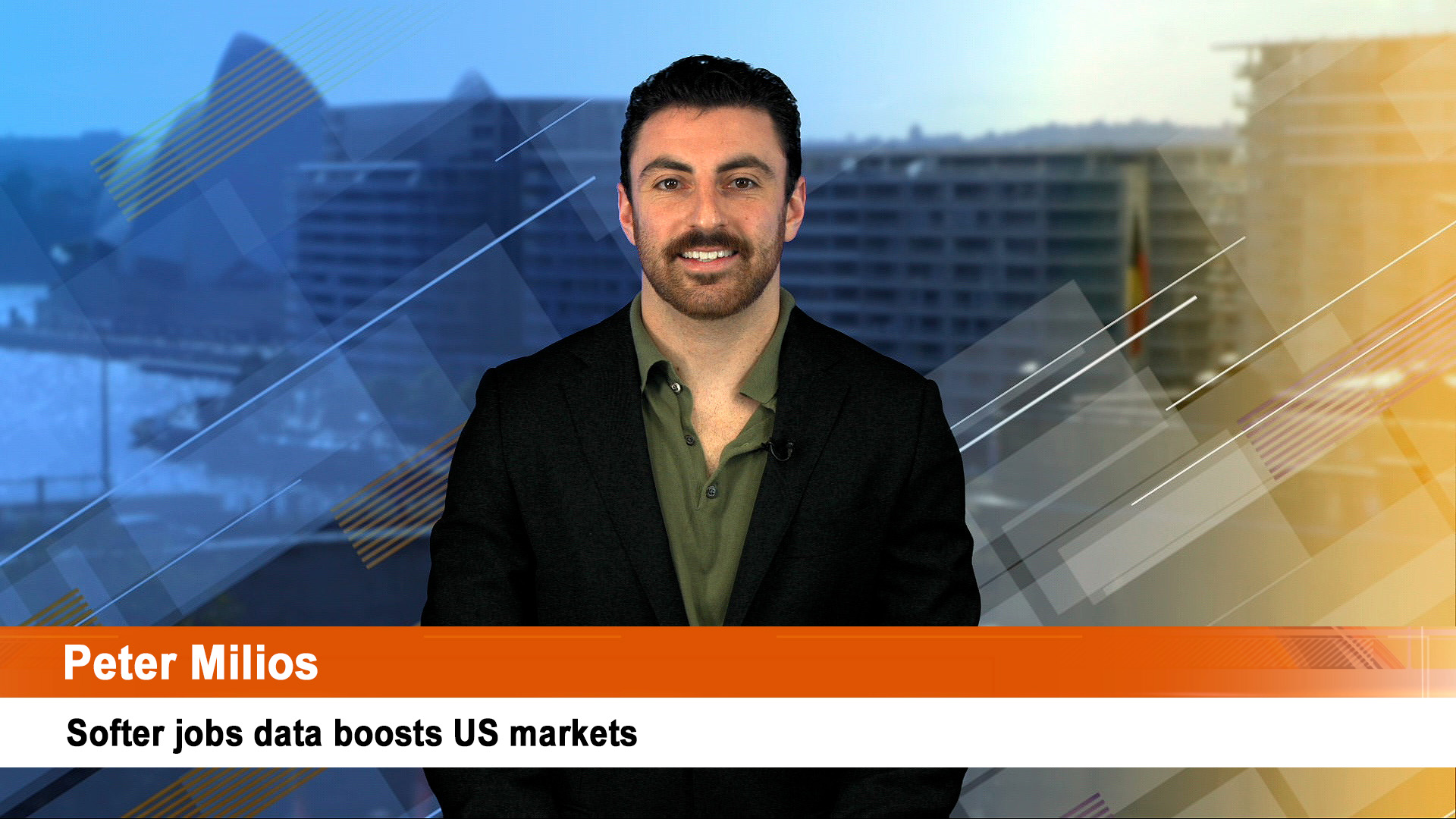Another down week and another weak week ahead, judging by the way markets ended after last week’s cornucopia of interest rate rises.
We saw losses galore on Thursday and Friday as red ink and fear replaced two years or more of unbridled optimism that central banks and their super easy monetary policy and record low rates would always backstop every investment idea – good, stupid or otherwise.
Now there’s a growing realisation that there will be a rising cost to investment ideas and that companies, analysts, investors and the rest of those who populate markets will have to come up with good ideas rather than another off the wall start up or previously rejected notion.
Inflation fears get another run this week – America’s Consumer Price Index for April with another 8% plus reading forecast, but perhaps a sign or three of a slowing in the pace of price rises – perhaps.
China’s CPI and producer price index will also be issued – they won’t have the impact of the US data, but will send a message about the strains on the economy from the Covid lockdowns.
In Australia we are into the final fortnight of the May 21 election campaign, the March quarter quarterly updates seem to be behind and there’s some financial results this week, starting with Westpac this morning.
The ASX 200 closed 2.2% lower on Friday for a loss of 3.09% for the week – a bit more than Wall Street’s five-day losses.
The 159-point fall on Friday, took the index down to 7,205.6 as all sectors closed lost ground – and were down for the week – led by tech stocks and the property sector which has been hit hard by rising interest rates.
The futures market fell 51 points on Friday night, our time, meaning a weak start for Westpac to report into today and the Chinese trade data later in the day.
Last week saw Wall Street and local markets lose heavily on Thursday and Friday and produce another negative performance for the week.
The S&P 500 shed 0.57% to close at 4,123.34 on Friday, while Nasdaq fell 1.40% to settle at 12,144.66. The Dow shed 98.60 points, or 0.30%, to finish at 32,899.37.
The losses on Friday clinched a losing week for all three major indexes despite starting off with three days of rises ahead of and just after the Fed decision to lift rates.
Then on Thursday a rapid reassessment as markets remembered what the Fed had done – lifted rates by 0.75% in two months and investors fled for the sidelines, though the pace of the exit slowed on Friday.
Friday’s losses came despite an April jobs report that showed 448,000 new jobs were created last month, more than the 400,000 expected by economists but not enough to spark fears of a too-hot economy and further big rate rises from the Fed to cool inflation.
Wages rose 0.3% and were up 5.5% from a year ago, about the same as March, and while a high reading they did not spark any new fears.
Tech stocks were again the major area of weakness for the market on Friday after Thursday’s clean out. Amazon fell 1.4%, while Microsoft and Nvidia dropped about 0.9%. Netflix fell 4.3%.
Apple shares edged up 0.47% on Friday to be down by just 0.23% for the week.
Speculative areas of the market such as biotech and solar energy were hit hard on Friday. Illumina, a biotech equipment maker saw its shares drop more than 14%.
Tech was and underperformer for the market all week, e-commerce stocks in particular. Amazon and Shopify finished the week down roughly 7.7% and 11.6%, respectively.
For the week, the Dow finished down 0.24% for its sixth consecutive negative week. The S&P 500 and Nasdaq finished with losses of 0.21% and 1.54%, respectively, for their fifth straight losing week.
The Nasdaq is now about 25% below its record high from last November. The loss last week was the 5th in a row and its longest weekly losing streak since 2012.
Naturally winners were few and far between – Occidental Petroleum was up 13% as Berkshire Hathaway continues to buy shares, taking its stake into the company to 15.2%, on top of a big potential shareholding in $US10 billion worth of preferred stock.
Berkshire Hathaway shares fell 1% last week, and shares in Chevron rose more than 8% over the week (and was up on Friday) after Buffett and Berkshire revealed an increased $25.4 billion stake in America’s second biggest energy group.
Moves in the US Treasuries bond market appeared to be affecting equities on Friday. The 10-year Treasury yield hit 3.13% for the first time since 2018.
The Aussie dollar ended the week lower at 70.77 US cents, all but unchanged for the week.
…………
European shares fell – the Stoxx 600 index dropped 4.5% for the week – London was off 2% and Germany down 3%. in Asia Japan saw a small gain of 1.1% for the Nikkei, Shanghai was down 1.5%, Hong Kong off 5.1% after a 3.8% drop on Friday ahead of yesterday’s fixed Chief Secretary election with only one candidate – the Communist Party approved candidate. The CSI 300 had a positive week, ending up 4% after Friday’s sharp fall.
Inflation and the Fed’s tightening are now the main driver – remember the Bank of Japan has retained its very accommodating monetary policy stance and determination to keep interest rates low, and the Chinese central bank may be heading towards an easing and extra stimulus, but while that has been promised at least four times in two months, there’s been no sign of actual new spending from President Xi and government except more words.













